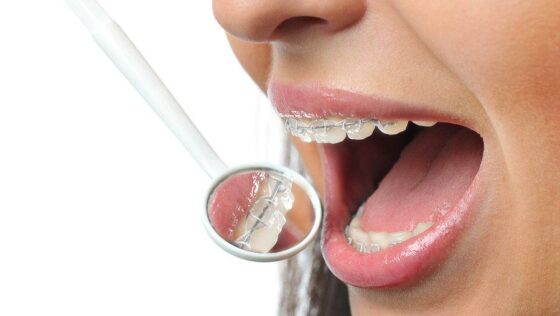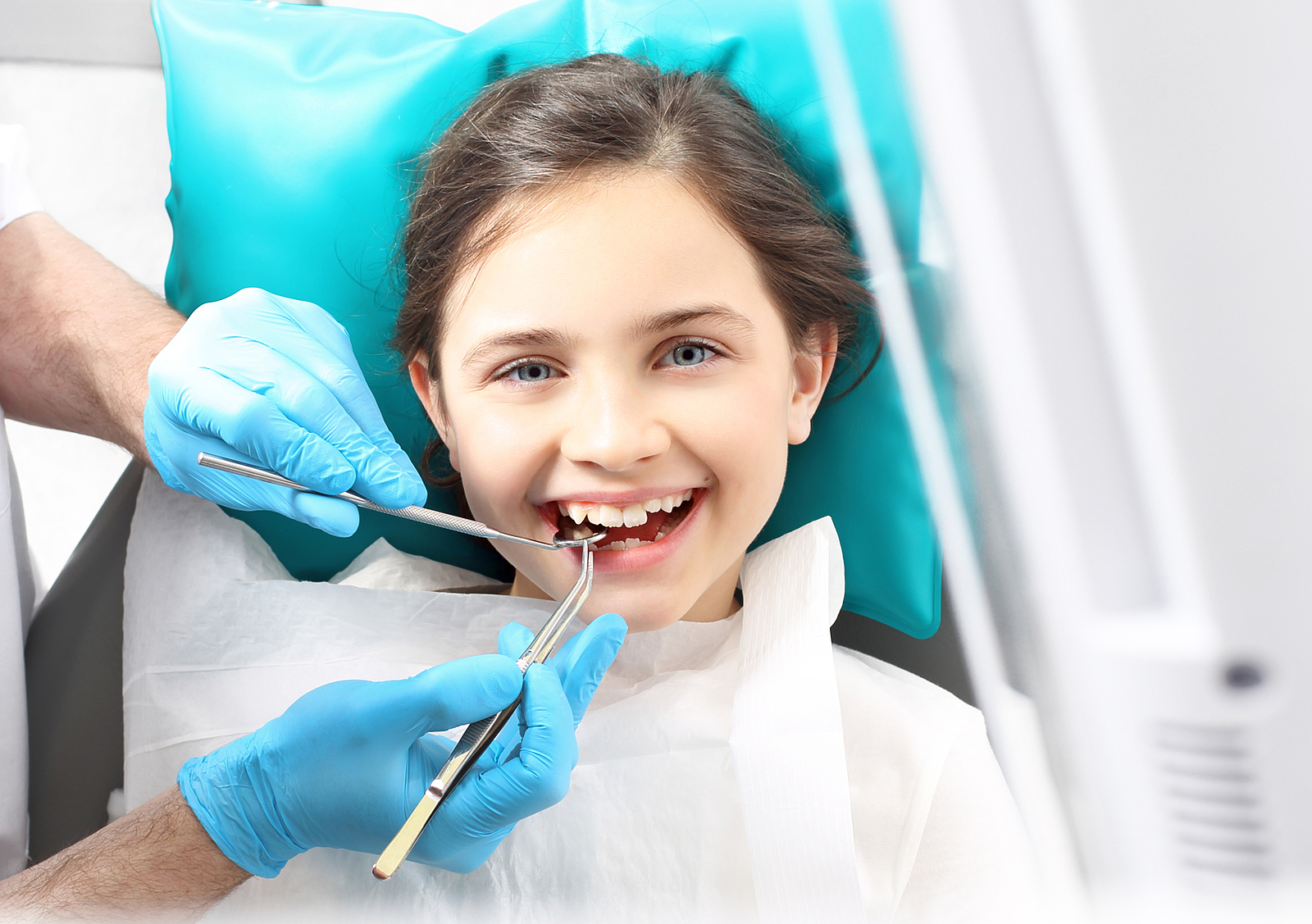The smart Trick of Legacy Orthodontics That Nobody is Discussing
The smart Trick of Legacy Orthodontics That Nobody is Discussing
Blog Article
Facts About Legacy Orthodontics Revealed
Table of ContentsSome Ideas on Legacy Orthodontics You Need To KnowLegacy Orthodontics Things To Know Before You BuyThe Ultimate Guide To Legacy OrthodonticsUnknown Facts About Legacy OrthodonticsUnknown Facts About Legacy Orthodontics
In addition, we use flexible treatment routines, flexible payment options and a fun, enjoyable experience.An orthodontist is a dental expert trained to diagnose, stop, and deal with teeth and jaw abnormalities. They fix existing conditions and are educated to identify troubles that may develop in the future. Orthodontists function with individuals of any ages, from children to grownups. Individuals usually associate an excellent smile with healthiness.
Malocclusion, or misaligned teeth, can lead to oral problems, consisting of dental caries, gum tissue illness, and challenging or painful eating. But not everybody is birthed with straight teeth. If you have a bad bite or huge areas in between your teeth, you may wish to consult a dental practitioner concentrating on orthodontic care.
The Single Strategy To Use For Legacy Orthodontics
( Picture Credit Rating: DigitalVision/Getty Images) Orthodontists utilize dealt with and removable dental devices, like dental braces, retainers, and bands, to change the placement of teeth in your mouth. Orthodontic therapy is for oral irregularities, consisting of: Uneven teethBite troubles, like an overbite or an underbiteCrowded teeth or teeth that are also much apartJaw misalignmentThe goal of orthodontic therapy is to boost your bite.
While you might believe of orthodontists as primarily for youngsters or young adults that require dental braces, they can fix oral problems at any kind of age. Orthodontists participate in university, oral college, and orthodontic institution.
, however not all dental experts are orthodontists. They concentrate on 2 locations: How to effectively and safely relocate teeth Exactly how to properly direct development in the teeth, jaw, and faceOnce an orthodontist has finished training, they have the choice to become board licensed.
The smart Trick of Legacy Orthodontics That Nobody is Talking About
Misalignment, or malocclusion, is one of the most common reason individuals see an orthodontist. It is hereditary and is the result of size differences between the top and reduced jaw or between the jaw and teeth. Malocclusion leads to tooth congestion, a twisted jaw, or uneven bite patterns. Malocclusion is usually treated with: Your orthodontist affixes metal, ceramic, or plastic square bonds to your teeth.
Some people require a headgear to help relocate teeth into line with pressure from outside the mouth. A retainer is a custom-made tool that keeps your teeth in place.
They're most usually used on children. They can produce added space in the mouth without needing to draw teeth. If you have a severe underbite or overbite, you may require orthognathic surgical treatment (additionally called orthodontic surgical procedure) to lengthen or shorten your jaw. Orthodontists use cords, medical screws, or plates to sustain your jaw bone.
You might need to see an orthodontist if you have: Crowding or otherwise enough room for all of your teethOverbite, when your upper teeth come over your base teethUnderbite, when your base teeth are also much forwardSpacing or concerns with gapsCrossbite, which is when your top teeth fit behind your base teeth when your mouth is closedOpen bite or an upright space in between your front base and upper teethMisplaced midline, when the center of your bottom and upper teeth do not align Correcting an oral malocclusion can: Make attacking, eating, and speaking easierImprove the balance of our face and your overall appearanceEase pain from temporomandibular joint conditionsDifferent your teeth and make them less complicated to clean, assisting protect against tooth decay or dental caries It's frequently a dentist that first notices misaligned teeth during a regular test.
The Single Strategy To Use For Legacy Orthodontics

During your first orthodontic examination, you'll likely have: A dental examPhotos taken of your face and smileDental X-raysPanoramic (360 level) X-rays of your face and headImpressions to create mold and mildews of your teethThese tests will certainly assist your orthodontist know exactly how to wage your treatment. invisalign. An orthodontist is a dental expert that's had training to treat your teeth and jaw
An orthodontist is concentrated on your bite, so something like a cracked tooth would be taken care of by a dentist. Orthodontists are focused on your bite, or the method your teeth fit with each other, and the straightness of your teeth.
Ever wondered exactly how celebrities always seem to have completely aligned teeth? Orthodontists are dental professionals who concentrate on correcting irregularities in the teeth and jaws.
The Definitive Guide to Legacy Orthodontics

, orthodontists have a diverse toolkit at their disposal. These tried-and-true braces use a system of brackets bonded to the teeth and connected by wires.
Clear aligners, like Invisalign, are a popular option for people seeking an extra very discreet treatment alternative. These detachable trays are customized to considerably move the teeth's setting. Headwear may be utilized together with dental braces or aligners to use extra targeted forces, particularly for correcting jaw disparities. In instances of narrow jaws, palatal expanders can be used to produce space for correct tooth alignment.
Report this page